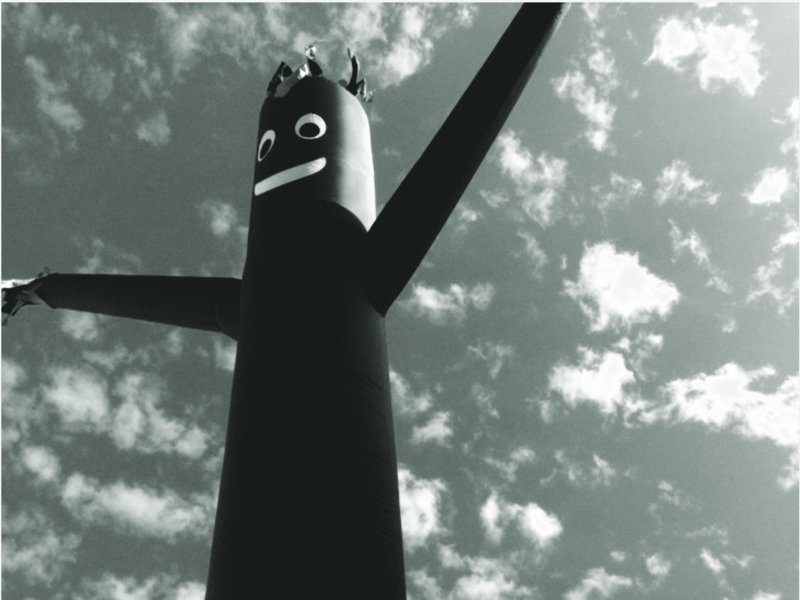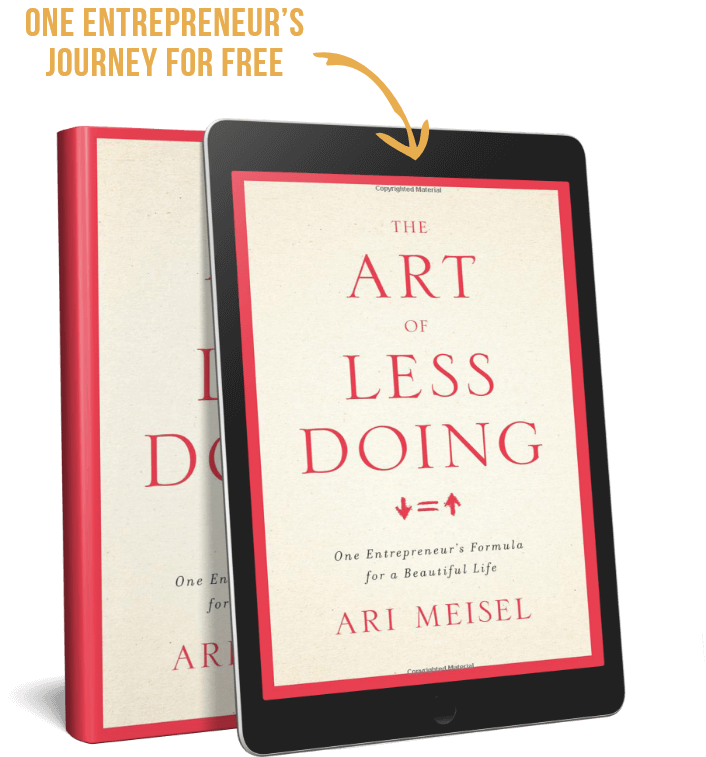I don’t know if you’ve noticed, but there’s a lot of personality tests out there.
We’ve all heard about some of the most popular ones like:
- Myers-Briggs
- DISC
- Kolbe
- Strengthfinders
- Colored Brain
There’s a lot of them, right?
But before we jump into using them, there’s a couple of things to clarify when it comes to using personality tests to hire people and work within teams.
Using them to be able to say: “Oh, I’m an INFJ” is not the same as giving them to potential employees and understanding how that’s going to reflect on our business or our teams.
When it comes to understanding personalities, I love the boots on the ground approach.
I want to understand how someone acts in an actual situation.
Now, don’t get me wrong — we see a lot of Kolbe tests in strategic coaching. I even know my score — I’m a complete 8–4–3–4.
What Do Personality Tests Really Mean?
According to Kolbe, getting that score means that I’m quick to start things but I’m probably not going to finish them.
If you ask me a question, I’m going to say: “YES!” even before I’ve heard the end of it.
So, what does that mean? If I were to work at your company, what would you deduct from those results?
- He’s quick to start things
- He’s not good at finishing them
- He’s good at simplifying things and getting them going (but not getting them done)
Who would you have me work with?
Logically, the answer would be someone who finishes things. It’s a natural match.
But here’s the thing: I don’t need a huge personality test to tell me that. Most of our employees know what their strengths and weaknesses are, so the question really becomes…
How Do You Identify Different Personalities when Hiring?
The obvious solution is using these kinds of tests and using them consistently.
However, I’ll repeat myself: I love the boots on the ground approach. I think it’s important to get to the core of how people react when things are not going their way when they’re not the perfect picture of themselves.
Let’s say I’m hiring a writer. I could ask them for their portfolio, but they’d show me their best articles. This is similar to testing someone with a personality test.
Personality profiles give us people in ideal situations.
What I’d do with writers is give them a horrible piece of copy and say: make it better. Or if I’m hiring a developer, I’d want to give them a broken page and have them fix the problem.
That way, they’re not starting out with an ideal situation. They’re starting out with your regular, run-of-the-mill scenario that occurs every day.
You want to see how people react when things are not ideal, and they have to make lemonade.
Real Personality in Real Situations
When it comes to personality profiles when hiring, the best thing you can do is come up with actual situations that are going to require certain characteristics to perform a task well.
That’s why so many companies have questions like: “Describe a situation when you were faced with a crisis, and you successfully resolved it.”
A lot of companies use machine learning to gauge this. Say we need something written. By analyzing the paragraph, we can see how long someone was writing it for, what kind of attention to detail they had.
Now, that’s a very high-tech solution.
But at my former virtual assistant company, we conducted personality tests by creating tasks that required a candidate to actually pick up the phone and get answers.
That was how we tested if someone was proactive. And we could actually see three groups of people:
- People who googled the answer and got it wrong
- People who didn’t understand the task
- The people who went the extra mile did the work and got the answer.
Now, we could’ve used a personality test, but most people would check the box next to “Are you proactive?” and we wouldn’t know for sure until we’ve taken the jump and started working with them.
So even though personality profiles gauged through tests can be useful, there’s nothing like real situations. In most cases, you just need a little creativity to get there.
Using Personality Profiles for Teamwork
Sometimes the only way to know for sure is by having the potential candidate work with you for a certain amount of time.
This is especially true if you’ve got a specific company culture, and the quality of your work depends on the integration of each team member.
You want to really understand who you’re bringing to your team, and there’s no way to work around that with shortcuts.
And, of course, remember the Peter Principle: most people perform worse after they’ve been hired.
You want to see them on the spot to really understand their personality.
Should You Use Personality Tests for Hiring and Teamwork?
Yes, definitely. They are an important piece of the puzzle.
However, they don’t show the whole picture. For me, personality tests are great once I’m working with someone and running the business.
You want to see people on the spot to really understand their personality, but having them take personality tests helps a lot — especially if you’re hiring for specific positions.
For example, I’m great at idea generation as a quick start (according to Kolbe), but you’d want someone who’s a long-fact finder to run the actual operations.
So it all boils down to one thing:
Understand who you need, and find the best way to determine who that person is.
There are no shortcuts, but the ride is worth the time it takes.




